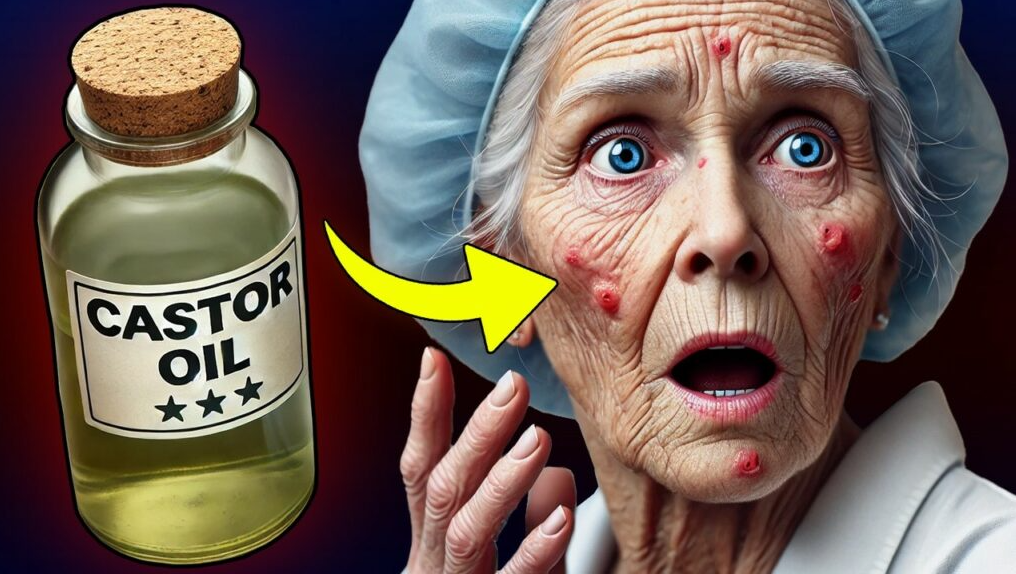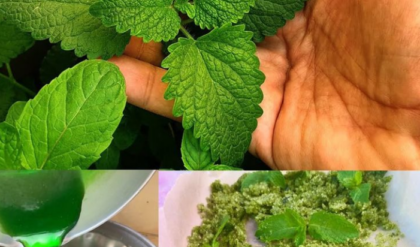Castor oil is widely known for its powerful benefits for hair, skin, and overall health. However, using it incorrectly can lead to unwanted results. Whether you are using castor oil for hair growth, skincare, or other remedies, avoiding these common mistakes will help you maximize its effectiveness.

1. Using Too Much Oil
Castor oil is thick and difficult to remove when applied excessively. Always start with a small amount, especially for hair and skin treatments. Overusing it can make your hair greasy or clog your pores.
2. Not Diluting It
Pure castor oil can be very thick and challenging to spread. Mixing it with a lighter oil like olive oil, coconut oil, or jojoba oil makes it easier to apply and wash out while still delivering its benefits.
3. Skipping a Patch Test
Some people may experience sensitivity or allergies to castor oil. Always perform a patch test by applying a small amount to your wrist and waiting twenty-four hours to check for any reaction before using it on your scalp or skin.
4. Leaving It in Hair for Too Long
While leaving castor oil overnight can work for some, it may cause buildup or irritation for others. If you are using it for the first time, try leaving it on for just a couple of hours before washing it out. If your scalp tolerates it well, you can gradually increase the duration.
5. Applying It Too Frequently
Using castor oil too often can clog hair follicles or pores, leading to hair thinning or breakouts. For hair treatments, limit its use to one or two times per week. For skin, apply sparingly and only when needed.
6. Not Washing It Out Properly
Castor oil is thick and does not rinse out easily. Use a clarifying shampoo to remove all traces from your hair. Failing to wash it out thoroughly can leave hair feeling greasy and heavy.
7. Applying It on Broken or Irritated Skin
Avoid using castor oil on open wounds, rashes, or severely irritated skin, as it may cause discomfort or worsen the condition. Wait until the skin heals before applying it.
8. Using It Directly on Oily or Acne-Prone Skin
While castor oil has antibacterial properties, it can be too heavy for oily or acne-prone skin. Apply sparingly and consider mixing it with a non-comedogenic oil like argan or grapeseed oil to prevent clogged pores.
9. Ignoring Side Effects
If you experience redness, irritation, rashes, or increased hair loss after using castor oil, stop using it immediately. Everyone’s skin and scalp react differently, so it is important to listen to your body.
10. Using the Wrong Type for Eye Treatments
Some people use castor oil to relieve dry eyes, but only cold-pressed and hexane-free castor oil is safe for this purpose. Cosmetic-grade or non-pure castor oil can cause irritation and should never be used in or around the eyes without consulting a healthcare provider.
11. Expecting Immediate Results
Castor oil takes time to show noticeable results, especially for hair growth and skin improvements. Be patient and consistent, as it may take weeks or months before you see significant changes. Avoid overusing it in an attempt to speed up the process.
12. Ignoring Your Hair Type
Castor oil is most beneficial for those with dry or curly hair, as it provides deep hydration. If you have fine or oily hair, using it undiluted can make your hair appear greasy and heavy. Mixing it with a lighter oil like argan or almond oil can help balance moisture levels.
Final Thoughts
Castor oil can be a powerful natural remedy when used correctly. By avoiding these twelve mistakes, you can enjoy its benefits without the risk of irritation, clogged pores, or excessive buildup. Use it in moderation, dilute it when needed, and be mindful of how your body responds for the best results.





